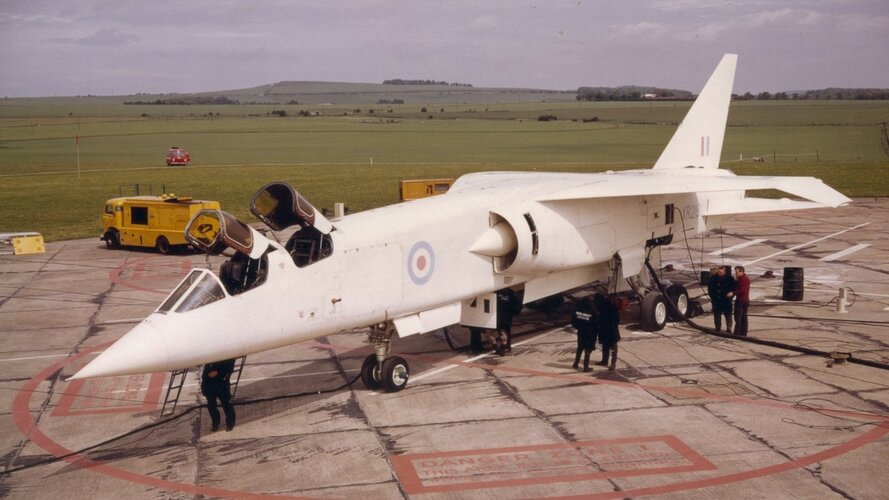Part of Post 59.
To which
@Scott Kenny replied in Post 60.
I watched a YT video about one of the AMST aircraft recently but can't remember whether it was the YC-14 or YC-15. According to said video the C-130 Hercules didn't have the STOL performance necessary to use many of the airstrips in South Vietnam and the purpose of the AMST programme was to give the USAF an aircraft that could use those airstrips. The video also said that both prototypes met the specification but neither was put into production because the end of the Vietnam War meant there was no longer a requirement for them.
Therefore, the USAF may have bought some HS.681s for service in Vietnam ITTL, possibly as a stop-gap for the AMST.
However, at March 1964 the IOC (of 8 aircraft in one squadron) with the RAF wouldn't be until March 1971 and FOC (of 52 aircraft in 7 squadrons) wouldn't be until March 1975. At the same date a total of 62 HS.681s were planned (including 6 for an O.C.U.) and the first 57 were to have been delivered between March 1971 and March 1975.
So my guess is that the HS.681s bought for the USAF would have been built in the USA under licence. Furthermore, the USA completed its military withdrawal from South Vietnam in March 1973 so the USAF's HS.681s would only have served in Vietnam for a year or two because it wouldn't have entered service until 1971 or 1972.

